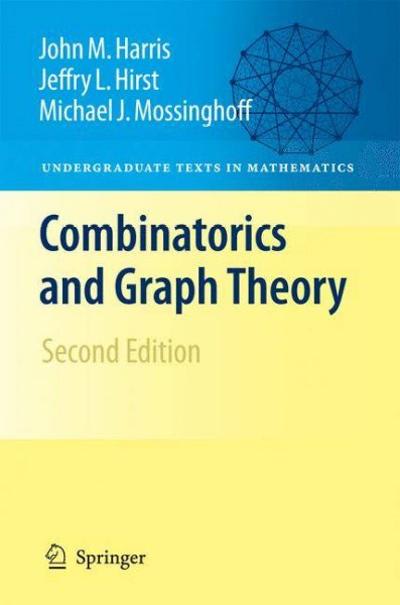Answered step by step
Verified Expert Solution
Question
1 Approved Answer
(a) For u(x, y) defined on the square domain of 0 (a) For u(x, y) defined on the square domain of O S x S


(a) For u(x, y) defined on the square domain of O S x S 1 and O S y S 1, solve the PDE d x 2 Dy2 with the boundary conditions (ux denotes au/ Ox), (i) = 3 sin(21ty) (ii) u(l, y) = 5 sin(2ny) (iii) u(x, O) = O (iv) u(x, 1) = O Please also explicitly state whether the system has a unique solution, multiple solutions, or no solution. (b) Repeat (a) but with the second boundary condition changed to (ii) = 3 sin(2Tty) (Note that the b.c. is now imposed on ur.) The other boundary conditions remain the same as Part (a). For both (a) and (b), if a solution or solutions exist, we expect them to be expressed in a closed form with only a finite number of terms and without any unevaluated integrals. There will be a deduction otherwise.
Step by Step Solution
There are 3 Steps involved in it
Step: 1

Get Instant Access to Expert-Tailored Solutions
See step-by-step solutions with expert insights and AI powered tools for academic success
Step: 2

Step: 3

Ace Your Homework with AI
Get the answers you need in no time with our AI-driven, step-by-step assistance
Get Started


